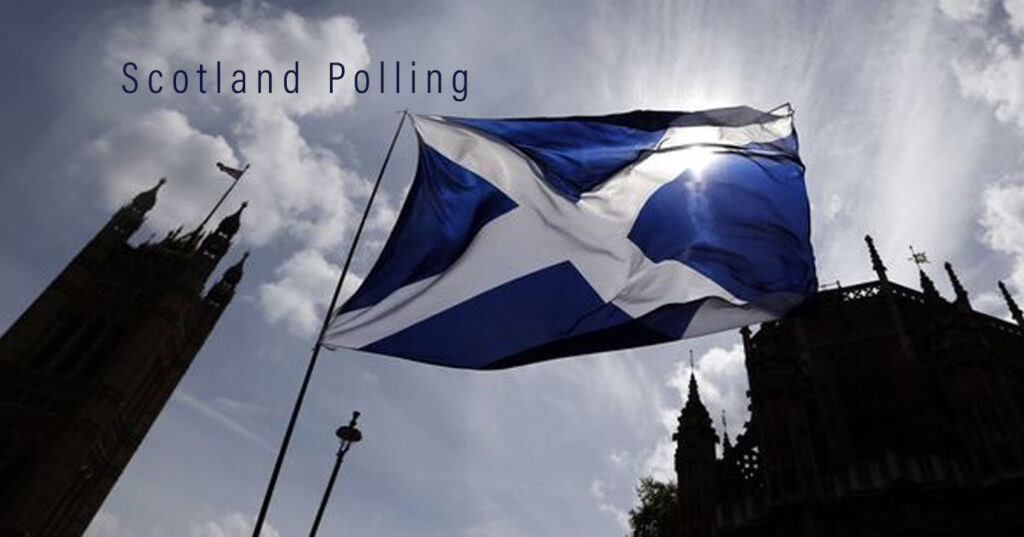
Most of my constituency research is focused on marginal seats. But in post-referendum Scotland, the concept of a marginal seat is rather obsolete. Huge swings to the SNP in national polls suggest that even some MPs who must have thought they had a job for life are threatened.
My first round of Scottish constituency research therefore required a different approach. I decided to look primarily at Labour seats – including some with colossal majorities – in areas which voted yes to independence, or where the result was very close. This included all the Glasgow seats, plus Airdrie & Shotts; Coatbridge, Chryston & Bellshill; Cumbernauld, Kilsyth & Kirkintilloch East, Dundee West; Motherwell & Wishaw; Paisley & Renfrewshire South; and West Dunbartonshire. I also looked at two current Liberal Democrats seats of interest: Gordon, where Alex Salmond is standing in May, and Danny Alexander’s constituency of Inverness, Nairn, Badenoch & Strathspey. In total, the research covers more than a quarter of all the constituencies in Scotland.
I found the SNP ahead in fifteen of these sixteen seats. In the Labour-held constituencies the overall swing to the SNP was 25.4%. This ranged from 21% in Airdrie & Shotts to 27% in Dundee West and Motherwell & Wishaw. Among these seats only Glasgow North East would stay in Labour hands if these results were to be repeated at the election, with the party’s majority in the constituency down from 54 points to just seven.
Douglas Alexander, Labour’s campaign manager and the Shadow Foreign Secretary, would lose his Paisley & Renfrewshire South seat with a swing to the SNP of 25%. Elsewhere, Salmond would be back in Westminster with a comfortable majority over the Lib Dems, and Chief Secretary Danny Alexander would lose by 29 points.
In the Labour-held seats, only 60% of those who voted Labour in 2010 said they would do so again this year; more than one third (35%) said they would support the SNP. While the Conservative vote (such as it was) has held up in these seats well, the Lib Dems have collapsed: only 12% of the party’s 2010 supporters said they would vote Lib Dem again; nearly half (47%) said they would switch to the SNP.
Labour-SNP switchers were markedly less optimistic than most about the economy. Just 41% expected things to go well for the country as a whole over the next year, and 49% for themselves and their families, compared to 59% and 67% of those sticking with Labour.
In the Labour-held seats only just under four in ten (38%) said they were dissatisfied with David Cameron and would rather have Ed Miliband as Prime Minister. Meanwhile 44% said either that they were satisfied with Cameron (18%) or that they were dissatisfied but preferred him to Miliband (26%). Just over half (59%) of Labour voters said they would rather see Miliband as PM, as did just under half (49%) of Labour-SNP switchers.
Despite this, the single most popular general election outcome in these seats was a coalition involving Labour and the SNP – a result favoured by 39% of voters overall, including 62% of SNP supporters and 79% of Labour-SNP switchers. Around one in seven SNP voters (14%) hoped for the unlikely prospect of a coalition between the SNP and the Tories.
What are the implications for the wider general election battleground? If a swing to the SNP of 21%, the smallest in this range, were to be repeated across the board next May it would endanger 35 of Labour’s 41 seats in Scotland. But we cannot assume such a uniform swing. Most of the seats in this survey are in areas which returned a particularly strong yes vote in September, where the SNP attraction will naturally be greater; in future rounds of research we may find a different pattern where support for independence was lower. Even so, the prospect of losing heartland seats will be a blow to Labour’s hopes: every seat they lose in Scotland means another they have to win from the Conservatives in England, while the national polls could not be much narrower.
But as ever, it is vital to remember that these polls are a snapshot, not a prediction. The Labour majorities in some of these seats are such that even a swing of this magnitude has not put the SNP far ahead – for example, just three points in Glasgow South West and Coatbridge, Chryston & Bellshill, and six points in Glasgow North West.
With a vigorous Labour campaign there remains room for movement before May. For such a crucial battleground the campaign in these seats has yet to reach fever pitch – perhaps not surprisingly given the exhausting referendum campaign. Just 13% said they had heard locally from the SNP in the last few weeks, and only 9% from Labour.
More importantly, by no means all voters have made up their minds. Just over two thirds (68%) of switchers from Labour to the SNP say they definitely rule out voting Labour again in 2015 – which means nearly one third are at least open to the idea of returning.


